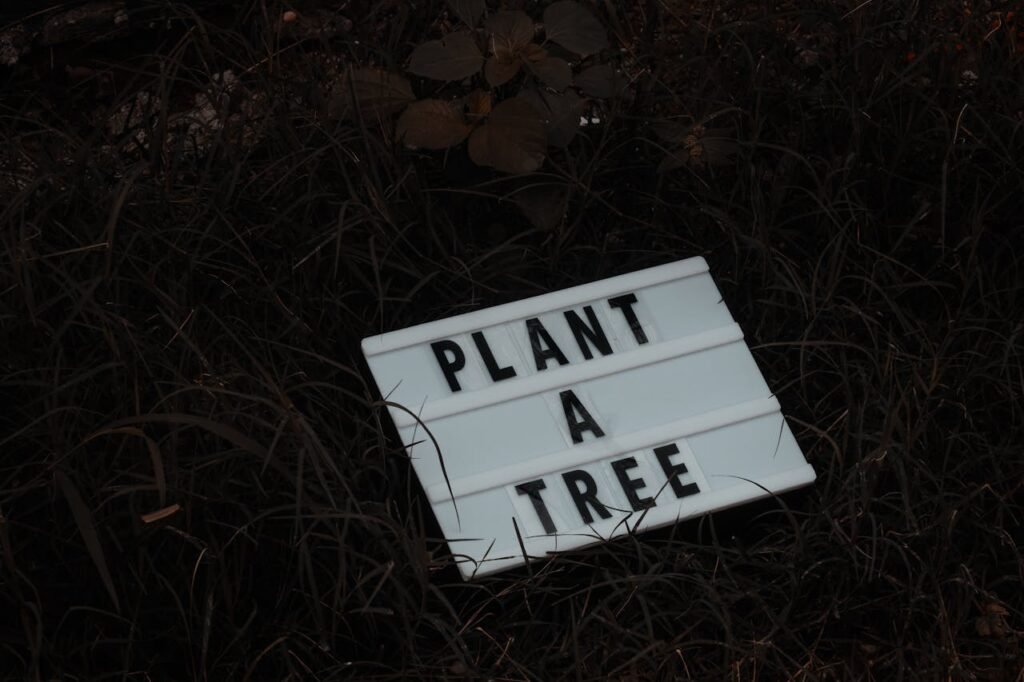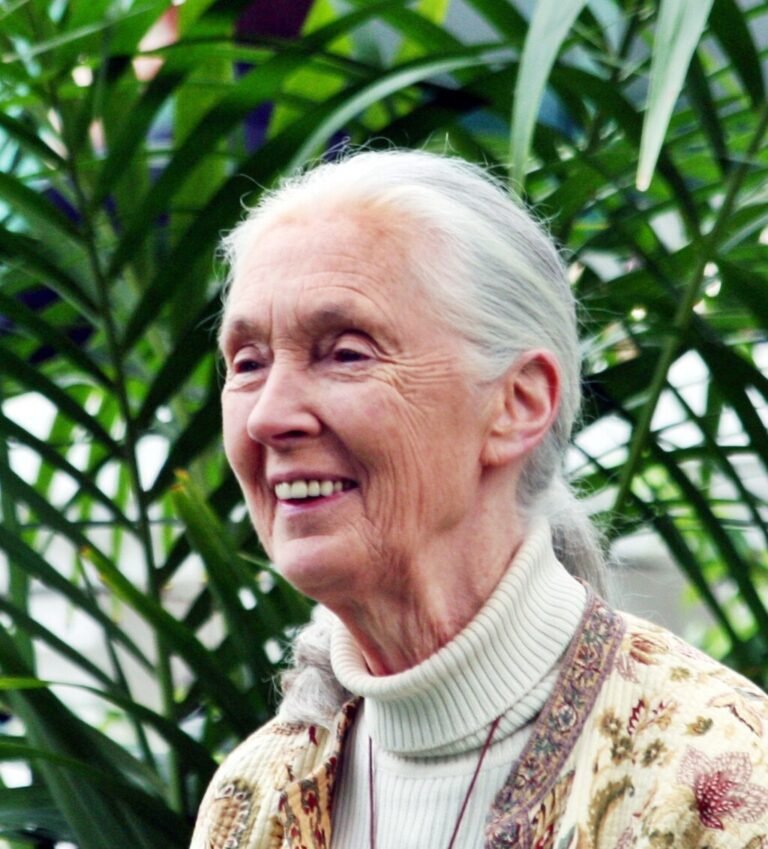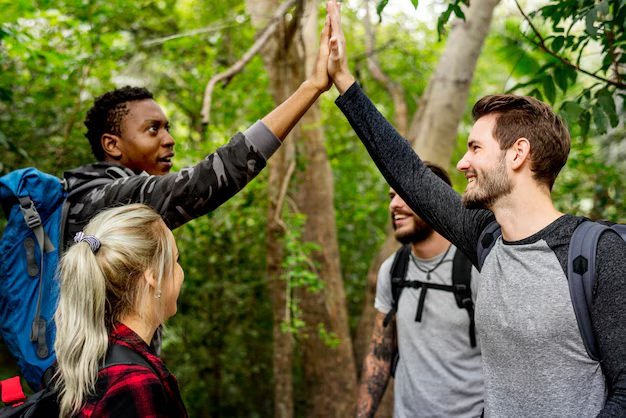Afforestation vs. Reforestation: Key Differences and Their Role in Fighting Climate Change
We’re living through a time when the fight against climate change feels more urgent—and more fragile—than ever. Carbon emissions have hit record highs, and countless wildlife species are disappearing faster than we can track. It’s easy to feel overwhelmed, like real change is out of our hands. But every small action matters, and two powerful tools—afforestation and reforestation—are helping turn the tide.
Afforestation means planting trees in places that never had forests before, while reforestation focuses on bringing forests back where they once thrived. Both strategies offer a real chance for the planet to heal. Every tree planted pulls carbon dioxide from the atmosphere, helps rebuild vital ecosystems, and breathes new life into lands that have been damaged or forgotten.
Although afforestation and reforestation often get talked about together, they aren’t quite the same. And understanding the differences between them is crucial if we want to make choices that truly protect the future. In this guide, we’ll break down what each approach means, why they matter so much right now, and simple ways you can get involved in this powerful, global movement for change.

In This Article
- What Is Afforestation?
- What Is Reforestation?
- Afforestation vs. Reforestation: Key Differences
- Why Are Both Vital for Fighting Climate Change?
- Real-World Experiences
- Risks and Challenges
- Practical Insights: How to Get It Right
- Conclusion: How You Can Help
What Is Afforestation?
Afforestation is the practice of planting trees in areas that haven’t been forested in recent history, introducing forests to new areas and often transforming barren or degraded lands into thriving ecosystems.
This process is typically well-planned, involving careful selection of tree species suited to the local environment. Governments and NGOs often spearhead afforestation projects as part of broader efforts to combat climate change and promote biodiversity.
A prominent example of afforestation is China’s “Great Green Wall,” officially known as the Three-North Shelter Forest Program. Initiated in 1978, this massive project aims to halt the spread of the Gobi Desert by planting trees across northern China. By 2024, over 30 million hectares of trees had been planted, increasing the country’s forest coverage from about 10% in 1949 to over 25%.
Dr. Susan Cook-Patton, a Senior Forest Restoration Scientist at The Nature Conservancy, highlights that although afforestation can provide major environmental benefits, its true impact hinges on careful planning and execution. She explains that the ability of reforestation to help cool the climate largely depends on the extent of new forest area established — the more land converted into forest, the more carbon dioxide can be removed from the atmosphere.
What Is Reforestation?
Reforestation is the process of bringing forests back to areas where they once thrived but have been lost due to human activities like logging, farming, or urban development, as well as natural events such as wildfires. It’s about helping nature heal by restoring trees and the rich ecosystems they support.
This restoration can happen in two main ways: through natural regeneration, where forests regrow on their own when conditions allow, and through active planting, where people step in to plant native trees and manage the land to encourage forest recovery. Both approaches aim to bring back biodiversity, improve soil and water quality, and capture carbon dioxide from the atmosphere.
A significant example of reforestation is happening in Australia. After the devastating bushfires of 2019–2020, organisations like Greening Australia launched ambitious programs to restore the lost forests. They have set a goal to plant 500 million native trees by 2030, aiming to rebuild habitats for endangered species and sequester carbon to combat climate change. This initiative not only helps the environment but also supports local communities and economies through job creation and land restoration efforts.
Experts emphasise the importance of reforestation in addressing environmental challenges. Professor Robin Chazdon, a tropical ecologist, highlights that reforestation leverages nature’s inherent ability to recover. She points out that allowing forests to regenerate naturally can be more effective and cost-efficient in certain contexts, especially when the conditions are right for native species to return and thrive.
Afforestation vs. Reforestation: Key Differences
| Feature | Afforestation | Reforestation |
|---|---|---|
| Definition | Planting trees in areas that previously had no forests. | Replanting trees in areas where forests were destroyed. |
| Purpose | Expand overall forest cover and create new ecosystems. | Restore degraded ecosystems and lost biodiversity. |
| Ecological Risk | May introduce non-native or invasive species if unmanaged. | Risk of monocultures and reduced biodiversity if poorly planned. |
| Example | China’s “Great Green Wall” to combat desertification. | Australia’s post-bushfire tree planting initiatives. |
| Main Benefit | Establishes new carbon sinks, aiding climate change mitigation. | Restores ecosystem services, biodiversity, and resilience. |
Why Are Both Vital for Fighting Climate Change?
Trees act as carbon sinks, absorbing CO2 from the atmosphere. Without trees, the earth would heat up dramatically faster. Here’s how afforestation and reforestation directly help:
1. Capturing Carbon Naturally
Trees absorb carbon dioxide (CO₂), a major greenhouse gas, storing it in their trunks, branches, and roots. A single mature tree can absorb approximately 22 kilograms of CO₂ annually. In Ethiopia, initiatives like EthioTrees have focused on restoring degraded lands, enhancing carbon sequestration, and improving local livelihoods. By managing protected areas known as “exclosures,” they’ve promoted natural regeneration and increased carbon storage in both biomass and soil.
2. Restoring Water Cycles
Forests play a crucial role in regulating rainfall and maintaining groundwater levels. In the Amazon, the dense canopy and vast number of trees facilitate a process where up to 75% of the region’s rainfall is recycled through evaporation and transpiration. This self-sustaining water cycle is vital for regional and global climate stability.
3. Protecting Biodiversity
Reforestation efforts can lead to the return of native species and the restoration of ecosystems. In Costa Rica, studies have shown that reforestation, particularly through mixed-species plantations, significantly enhances biodiversity recovery. Research published in BMC Ecology found that mixed plantations outperformed monocultures in growth and biomass, supporting greater ecological restoration. Additionally, long-term monitoring of natural regeneration in northeastern Costa Rica demonstrated that tree species diversity steadily increased, nearing the levels found in old-growth forests (source). These efforts have contributed to the return of iconic species like jaguars and scarlet macaws, playing a vital role in reviving local biodiversity.
4. Empowering Communities
Beyond environmental benefits, tree-planting initiatives can uplift communities. Kenya’s Green Belt Movement, founded by Nobel Laureate Wangari Maathai, has planted millions of trees while empowering women through employment and education. More recently, young women in Kenya, known as the Forest Carbon Champions, have led efforts to plant over 150,000 trees, engaging communities and promoting sustainable practices.

Real-World Experiences
The Farmer Who Changed His Village
In Assam, India, Jadav Payeng, known as the “Forest Man of India,” transformed a barren sandbar on the Brahmaputra River into a thriving forest over 30 years. Moved by the sight of dead snakes due to a lack of shelter, he began planting bamboo seedlings at the age of 16. His dedication resulted in the creation of the Molai Forest, spanning approximately 1,360 acres, now home to diverse wildlife including Bengal tigers, rhinoceroses, and various bird species.
Payeng’s efforts highlight the impact one individual can have on environmental restoration. His work has been recognised nationally, earning him the Padma Shri award in 2015. His story serves as an inspiration for grassroots environmental initiatives worldwide.
Ghana’s Cocoa Farmers Embrace Climate-Smart Practices
In Ghana, cocoa farming is not just an economic activity but a way of life for many. However, traditional farming methods have often led to deforestation and soil degradation. Recognising the need for sustainable practices, initiatives like the Cocoa & Forests Initiative (CFI) have been instrumental in promoting climate-smart cocoa farming.
Farmers are now integrating native tree species into their cocoa plantations, a practice known as agroforestry. This approach not only enhances biodiversity but also improves soil health and increases cocoa yields. According to the CFI’s 2022 report, over 4.7 million trees were distributed for reforestation, and more than 186,000 farmers received training in climate-smart cocoa practices
These efforts have yielded tangible benefits. Farmers report better resilience of their crops during dry seasons and a noticeable increase in pollinators like bees and birds, which are vital for cocoa production. Moreover, Ghana has earned $4.8 million for reducing nearly 1 million tons of carbon emissions through such sustainable practices, with expectations of up to $45 million by the end of 2024.
Risks and Challenges
When reforestation and afforestation efforts are not carefully planned and executed, they can lead to serious environmental and social problems.
One significant risk is the introduction of non-native species in afforestation projects. For instance, the widespread planting of eucalyptus trees, known for their rapid growth, has raised environmental concerns. These trees have high water consumption rates, which can deplete groundwater resources and negatively impact local ecosystems. Additionally, eucalyptus trees can outcompete native vegetation, leading to reduced biodiversity.
Another challenge is the establishment of monoculture plantations, where a single tree species is planted extensively. Such practices can create ecosystems that are more susceptible to pests and diseases due to the lack of biodiversity. Moreover, monocultures can lead to soil degradation and reduced resilience against climate variability.
Land conflicts also pose a significant challenge. Large-scale reforestation and afforestation projects can sometimes infringe upon the land rights of local communities, leading to disputes and displacement. Ensuring that these initiatives respect and involve local populations is crucial for their success and sustainability.
Practical Insights: How to Get It Right
For Afforestation:
If you’re planting trees where there weren’t any before, start by picking the right species. Ideally, these should be native trees or adaptive ones that suit the local soil, climate, and water availability.
It’s tempting to plant fast-growing species like eucalyptus, but these can sometimes dry out the soil or crowd out native plants. Always take time to study the land first.
And don’t work alone — engage local communities from the beginning. They know the land better than anyone and are crucial to making sure the forest thrives long-term.
For Reforestation:
When restoring a damaged or cleared forest, use a rich mix of native species. Diversity not only brings more wildlife back but also makes the forest stronger against pests and climate change.
Sometimes, the best thing you can do is let nature heal itself. Supporting natural regeneration — where seeds already in the soil sprout on their own — can be even more successful than planting new saplings.
Don’t forget about the ground itself: healthy soil is the foundation. Protect it from erosion, avoid overcompacting it, and bring back soil life with organic matter.
Golden Rule: “The right tree in the right place for the right purpose.”
Conclusion: How You Can Help
- Support Credible Reforestation Initiatives: One of the simplest ways to make a real impact is by supporting trusted organisations doing the hard work on the ground. Groups like Eden Reforestation Projects and Trees for the Future have planted millions of trees while empowering local communities. Donating or even volunteering can directly fuel efforts to restore forests where they are needed most.
- Plant Native Trees in Your Community: You don’t need to travel far to make a difference. Planting even a few native trees in your local parks, schools, or backyards helps cool down urban areas, clean the air, and create homes for birds and pollinators. Studies show that a single mature tree can lower nearby temperatures by up to 5 degrees Fahrenheit — a powerful step against rising heat.
- Advocate for Smart Forestry Policies: Policy shapes the future of our forests. Pushing for laws that protect native forests, encourage community-led projects, and prioritise smart afforestation is key. Joining campaigns or writing to your representatives may seem small, but collective voices can drive real change.
- Educate Others: Never underestimate the power of a good conversation. Sharing the idea of “the right tree in the right place” with your friends, family, and even on social media helps spread awareness. The more people know, the more thoughtful action we can inspire.
- Participate in Citizen Science: If you love tech and nature, this one’s for you. Platforms like Global Forest Watch allow everyday people to monitor forests, track deforestation, and support global restoration efforts. It’s a powerful way to stay informed and help hold companies and governments accountable.







